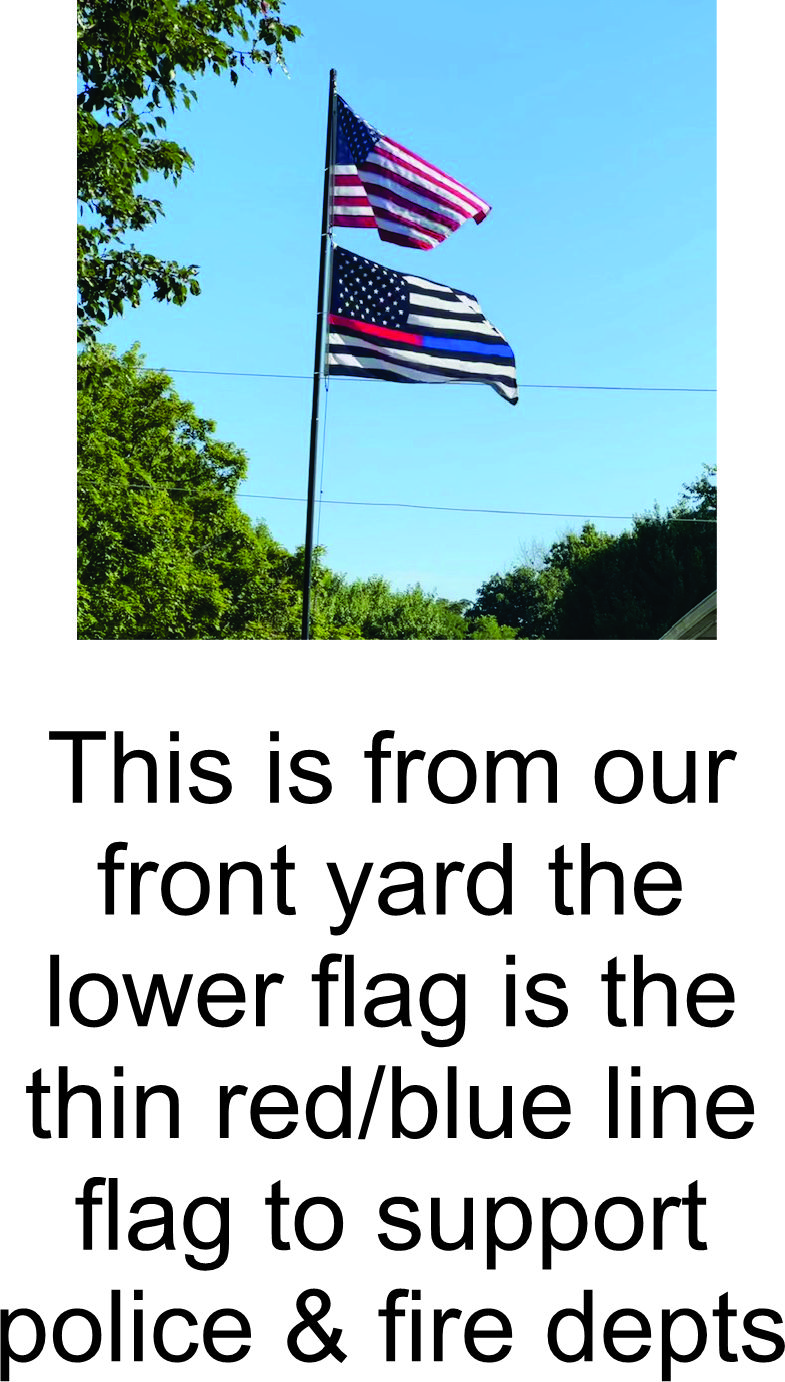Expert: America’s heroin epidemic starts in Mexico
America faces its worst drug crisis in decades, with heroin and opioid use tripling since 2010. As various federal agencies roll out their annual strategy reports, the government declared that-as was the case in previous drug frenzies-all of the heroin used in the U.S. comes from abroad. Only now, instead of Southeast Asia’s Golden Triangle or remote South America, the primary source is just next door, in a country with already delicate U.S. relations.
This week, the State Department delivered some 600 pages to Congress detailing the transnational drug trade, putting together data from the U.N., Drug Enforcement Administration, Immigration and Customs Enforcement, and a variety of other entities. “The opioid epidemic demands urgent action as a top priority of U.S. and international drug control efforts,” the report stated.
As much as 94 percent of the heroin entering America comes from Mexico, estimated William R. Brownfield, a man with a complex title (assistant secretary of the Bureau of International Narcotics and Law Enforcement Affairs) who sits at the fulcrum of drug interdiction and diplomatic initiative.
During a conference call Thursday, he explained that, in 2017, a synthetic opioid between 10 and 50 times more potent than heroin, raw fentanyl, is being trafficked through Mexico into the U.S. alongside heroin and cocaine, though it’s largely produced in Asia. (Other commonly known opioids are morphine, oxycodone, and tramadol.)
Between 1988 and 1994, Southeast Asia was the area of origin for the majority of wholesale heroin seizures in the U.S. Then it shifted to South America through 2010. Since then, Mexico has gained market share, according to data from the Heroin Signature Program cited by the DEA.
Between 2010 and 2015, heroin seizures in America increased from 2,763 kilograms to 6,722 kilograms, according to a November report from the DEA, indicating a surge of the drug entering the country. “The U.S. has seen substantial increases in heroin availability in the last seven to 10 years, which has allowed the heroin threat to expand to unprecedented levels,” the report stated. “Increases in heroin production in Mexico have ensured a reliable supply of low-cost heroin, even in the face of significant increases in user numbers.”
In 2007, there were 161,000 active heroin users in the U.S., compared with 435,000 in 2014. Overdose deaths involving heroin soared 248 percent between 2010 and 2014 and those involving synthetic opioids increased 79 percent between 2013 and 2014.
Brownfield, who was appointed in 2011 during the Obama administration, said President Donald Trump’s planned border wall with Mexico would be integrated into what he called an existing “wall” of cross-border law enforcement cooperation. He seemed noncommittal, however, on whether a real wall, meant largely to address illegal immigration, would have any decisive effect on heroin trafficking.
“As we have determined for more than 20 years, the U.S. and Mexico have shared responsibilities for this problem, and that requires shared solutions,” he said. “I actually believe that at this point in time, cooperation between the U.S. and Mexico on this matter, on the matter of drug production and drug trafficking, is at historically high levels.”
Brownfield, who after all is a diplomat of sorts, not only complimented Mexican cooperation, but also praised China-where much of the synthetic opioids are believed to be produced-and the U.N. for cooperating with federal efforts to curb drug trafficking. Trump has criticized America’s relationship with all three, particularly Mexico on immigration, China on trade, and the United Nations in general, referring to it as “a waste of time and money.”
Filed under: General Problems



















Really.. Maybe someone should check the containers coming in to the ports in this country. They ship goods from every where. I think about 2% are checked for drugs an ect. Someone has defocused us on the Mexican boarder away from shipping containers. No one ever talks about this. Interesting.
When are they going to leave the poor, suffering pain patient alone?